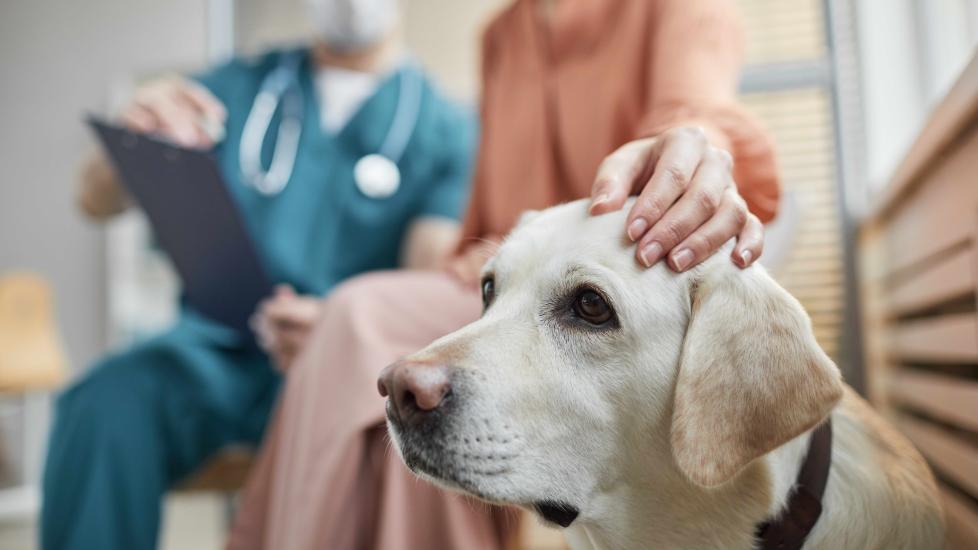Title: Understanding and Managing Bruises in Your Furry Friend
Introduction:
In the world of pets, dogs are often referred to as “man’s best friend.” They bring joy, companionship, and unconditional love into our lives. However, like us humans, dogs can suffer from various health issues, including bruising. It is crucial for pet owners to understand what causes these bruises, how to recognize them, and most importantly, how to manage them effectively. This article aims to provide you with a comprehensive guide on recognizing, understanding, and managing bruising in your beloved dog.
What Are Bruises?
A bruise, also known as an ecchymosis or contusion, is caused by bleeding under the skin due to broken blood vessels following blunt trauma. In dogs, they may be more noticeable than in humans because their fur allows them to hide less severe cases. Bruises can vary greatly in size, color (ranging from purple to yellow), and location.
Causes of Doggie Bruising:
Bruises in dogs can result from several factors, some common ones include:
1. Accidental Trauma: Falls, collisions, or rough play can lead to bruising.
2. Age-Related Changes: Just like humans, older dogs tend to have thinner skin and weaker muscles, making them more susceptible to bruising.
3. Medication Side Effects: Certain medications can thin the blood, leading to increased bleeding when there is damage to the skin or tissues.
4. Coagulation Disorders: A hereditary condition that affects clotting ability can predispose dogs to excessive bruising.
5. Immune System Problems: Diseases such as immune-mediated hemolytic anemia can cause abnormal destruction of red blood cells, which can manifest as bruising.
Recognizing Pet Pals With Bruises:
Here are signs to look out for if you suspect your pooch has developed a bruise:
1. Swelling: The area affected will likely appear swollen.
2. Tenderness: Touching the site may elicit discomfort or whining.
3. Skin Discoloration: You might notice a change in skin color ranging from reddish hue to deep blue/purple.
4. Limping: If the leg or paw is involved, your dog may limp or walk gingerly until it heals.
Managing Canine Contusions:
If you spot a bruise on your furry companion, here’s what you should do:
1. Monitor Closely: Keep an eye on the bruise’s progression over time; some heal without intervention while others require further attention.
2. Provide Rest: Encourage rest to prevent additional injury at the site and allow healing.
3. Apply Cold Compresses: Use a cold pack wrapped in a towel to reduce swelling and pain initially. After 24 hours, warm compresses can help promote circulation and healing.
4. Consult Veterinarian: If the bruise doesn’t improve within a week or seems unusually large or painful, make an appointment with your vet for evaluation.
5. Consider Dietary Adjustments: Feeding a high-quality diet rich in vitamin K (which aids in blood clotting) may support recovery.
6. Avoid Overuse: Limit vigorous activity around the injured area until fully healed to avoid reopening the wound.
7. Watch For Complications: Be alert for any signs of infection (pus formation, fever) that could develop at the site of the bruise.
Conclusion:
As responsible pet parents, we must ensure our four-legged friends receive the care they deserve. By being aware of the causes, recognizing symptoms early, and implementing appropriate management strategies, we can help our dogs recover quickly from bruises and maintain their overall well-being. Remember, if you have concerns about your dog’s health, always consult with a veterinarian who can provide personalized advice based on your pet’s unique circumstances.
